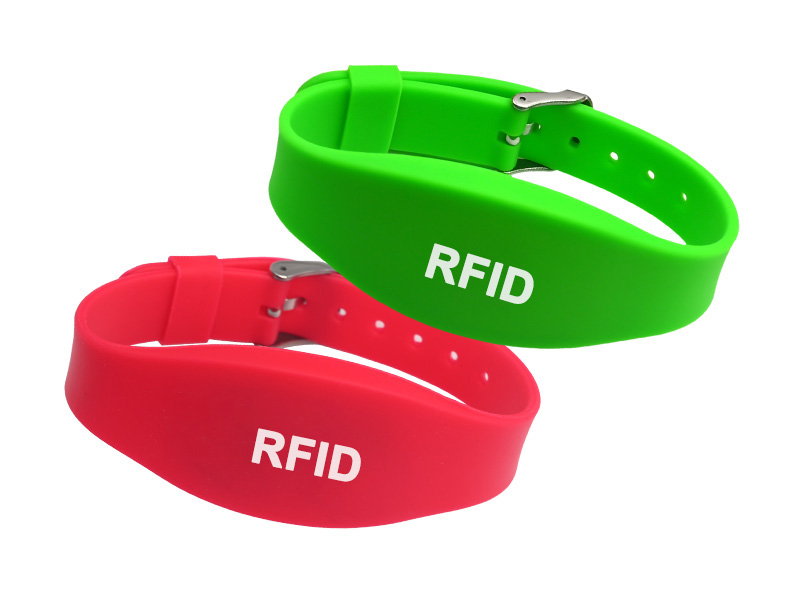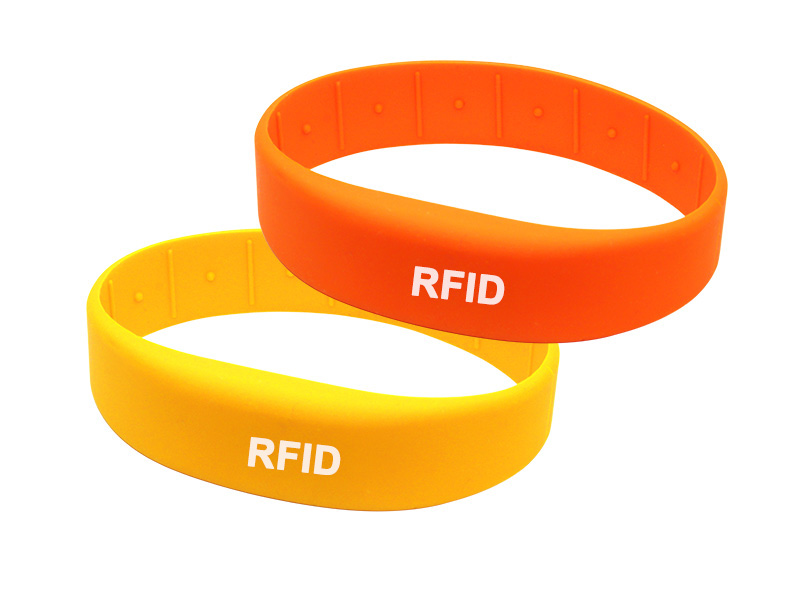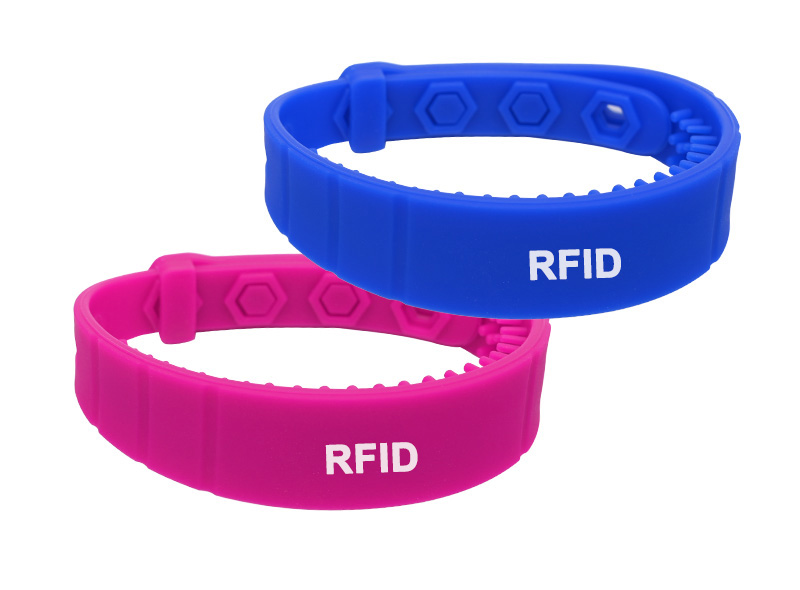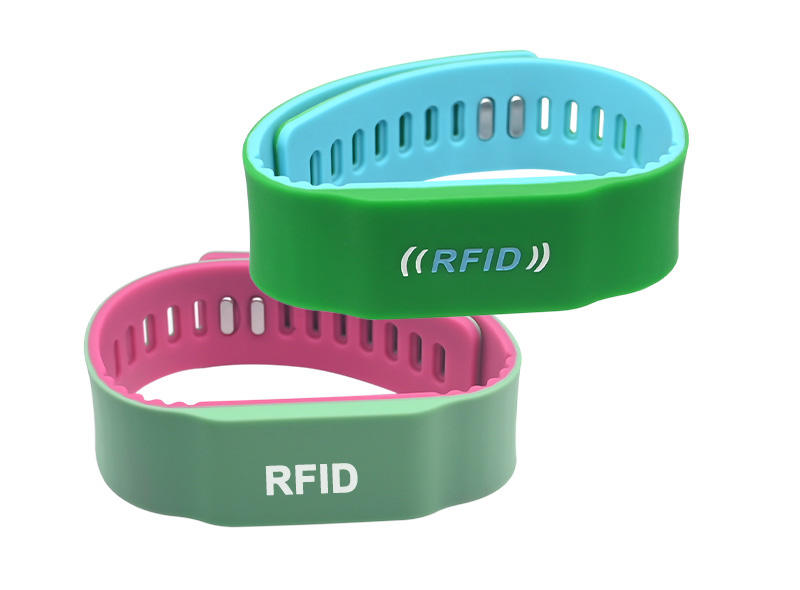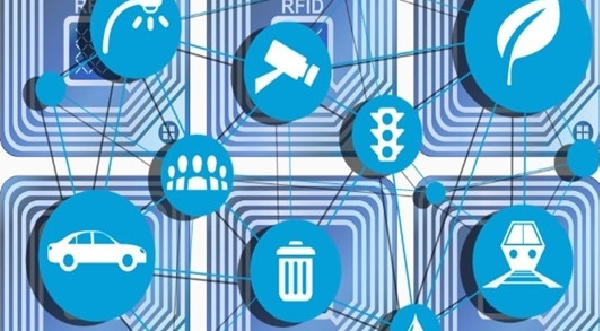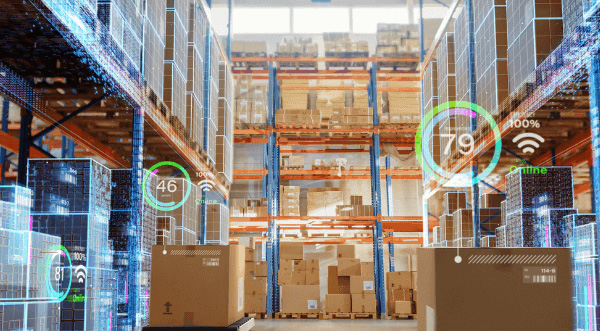How to quickly understand RFID tag technology?
Since the Ministry of Industry and Information Technology officially released the "12th Five Year Plan for the Development of the Internet of Things", the Internet of Things has been identified as one of China's strategic emerging industries, which undoubtedly injects a shot in the arm for the development of the Internet of Things in China.
a2.jpg
RFID, as a key technology for building the Internet of Things, has a huge market space that has emerged. There are two directions for development: integration and standardization. By integrating RFID into product packaging, such as packaging boxes/bags/boxes, and attaching RFID tags to products, the entire lifecycle of the product can be monitored, enabling comprehensive traceability including production, warehousing, sales, and service. Therefore, printing and packaging manufacturers need to prepare for this, including improving RFID composite technology and upgrading traditional equipment, to meet the demand for integrated RFID.
What are the technical characteristics of RFID tags?
1. The identification and reading of RFID tags do not require direct connection;
2. RFID tags are very durable and adaptable to various harsh environments;
3. Compared to barcodes, RFID tags can store more data;
4. The Honglu RFID reader can read hundreds of electronic tags in one second;
5. The data in RFID tags is encrypted and can be locked, with very high security performance;
6. RFID tags can be read, written, and reused repeatedly;
7. Personalized information and patterns such as user manuals, barcodes, or company names can be printed on RFID tags;
8. The RFID system can be embedded as a subsystem into the company's existing system or other internal systems.
At present, RFID technology has not yet formed an internationally unified standard. At present, there are three main camps, namely ISO/IEC 18000 standard organized by ISO, EPCGlobal standard in the United States, and UID standard in Japan. Due to the inconsistent adoption of standards by various countries, there is a lack of uniformity in the hardware equipment and software systems that are compatible with them, which poses a significant obstacle to the global promotion of RFID technology. Once the standards are unified in the future, it will bring great convenience to the development of IoT.

At present, the application environment of RFID in the domestic market is not yet very mature, and there are still many constraints, mainly manifested as weak high-end integration service capabilities, low application level and few large-scale applications, weak user information foundation, and weak security prevention of tag information. The upgrade of RFID technology will promote the development of the Internet of Things; And vice versa. Efficient RFID solutions can connect the upstream and downstream of the industrial supply chain, becoming billions of terminal tentacles for IoT big data management, and ultimately feeding back to the IoT, making it more efficient and intelligent, bringing convenience to people's lives, and promoting the prosperity of many industries.
The Internet of Things is a major external trend, and the role of RFID tags is to give every visible and tangible object a "core". With this "core", the object has other meanings to the outside world, letting others know its past and present, and its past and future.
I believe that with the rise of the Internet of Things era and the driving force of favorable market factors such as new retail and e-commerce, RFID technology will have great potential and play an important role.

